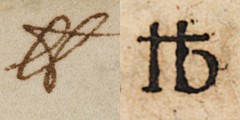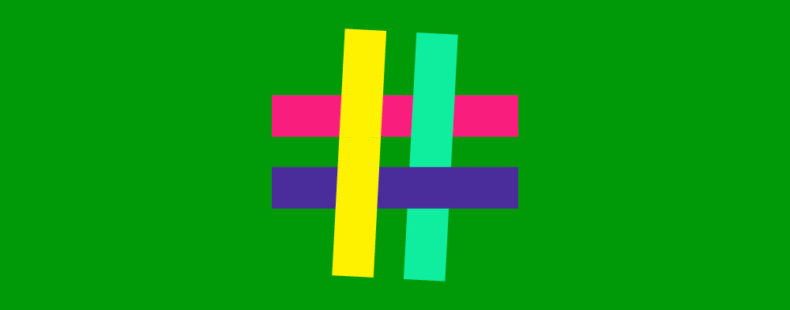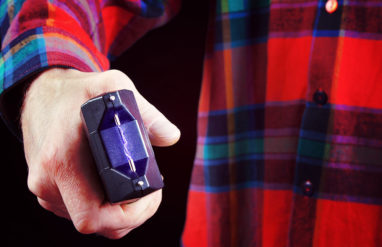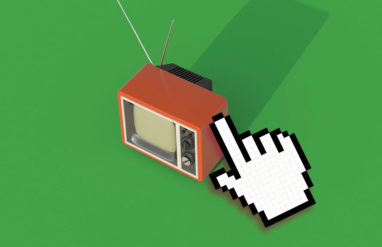How do we currently use the # symbol?
On Twitter, Facebook, and Instagram, you tag your friends with the @ symbol and you tag topics with the #. If you see something that says “#WordoftheDay,” the tweet or post has something to do with Word of the Day. And, once you click on that marked topic, you’ll likely see all public posts about it. It’s a great tool for finding people who are talking about a particular subject (and for categorizing pictures of your fantastic pet). But, what do we call the # symbol? And, where did it come from? Some of its names are common . . . some not so much.
What is the # symbol called?
1: The pound sign. This name came to be because the symbol comes from the abbreviation for weight, lb, or libra pondo, literally “pound by weight,” in Latin. When writing “lb,” scribes often crossed the letters with a line across the top, like a t.

2: The number sign. This phrase arose in Britain because pound sign could easily be confused with the British currency. And of course, the # symbol is sometimes spoken as the word “number,” as in “#2 pencil.”
3: The hashtag. The word hash predates these other names (but wasn’t very popular until recently). A hash has referred to stripes on military jackets since as early as 1910. But, in the 1980s, people started using hash to refer to the # symbol. Since the ascent of social media and its new prominence in everyday life, hashtag has become the favored name.
4: The octothorpe. It’s the official name for the # symbol, but what does it mean? It’s actually a made-up word, invented in the same laboratories where the telephone came from. The scientists at Bell Laboratories modified the telephone keypad in the early 1960s and added the # symbol to send instructions to the telephone operating system. Since the # symbol didn’t have a name, the technicians thought one up. They knew it should be called octo- something because it had eight ends around the edge. What happened next is not entirely clear. According to one report, Bell Lab employee Don MacPherson named it after the Olympian Jim Thorpe. Another former employee claims it was a nonsense word, meant as a joke. Another unverifiable report is much more etymologically satisfying: The Old Norse word thorpe meant “farm or field,” so octothorpe literally means “eight fields.”
How else has the # symbol been used?
Similar symbols appear in many other places. Musicians recognize # as the sharp symbol, denoting a note one half step higher. Copy editors see a symbol meaning “space,” as in “add a space between two sentences.” In computer code, the # symbol means that everything that follows is only comment, not instruction.
Such a small symbol with such a vast amount of meaning . . . what other names will the future hold for the resilient #?














